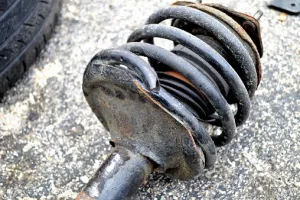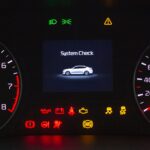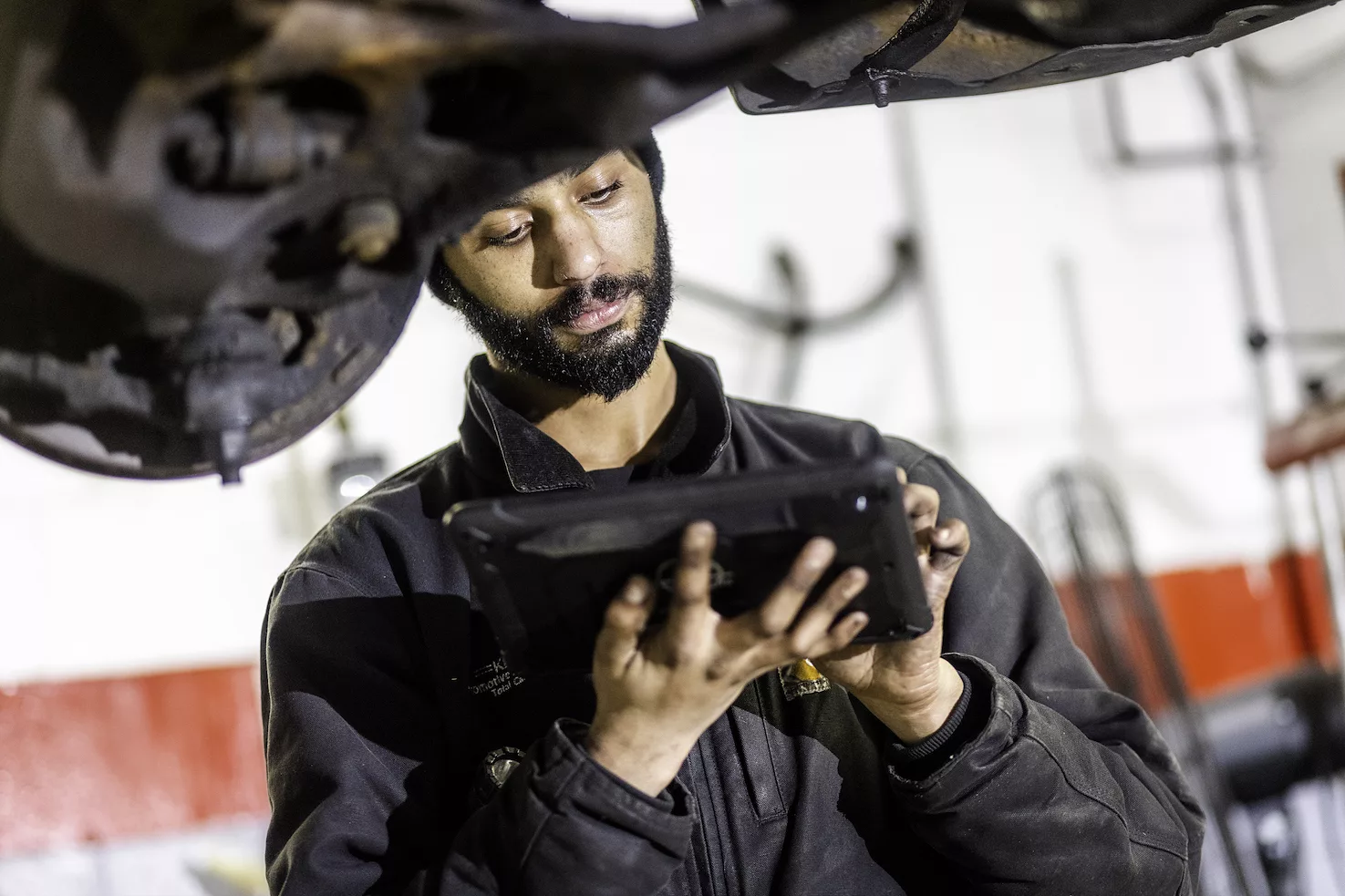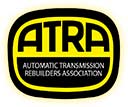Do you need to replace shocks and struts on your vehicle? How can you tell? Your car’s shock absorbers are designed to limit the amount of suspension movement by dampening spring oscillations. Struts similarly reinforce the the active components of the suspension to the same end, which means that struts and shocks are what keep you from hitting your head on the ceiling of the car every time you hit a bump and from vibrating while traveling down rough roads. Because of the interconnectedness of your car’s system, problems tend to be contagious. Here are several signs that your car might need shock and strut replacements. Noticing these signs right away can prevent further damage to your car.
When to Replace Shocks and Struts on Your Vehicle
Bumpy Rides
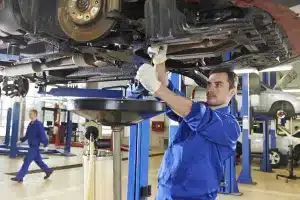
Steering Problems
One of the first signs people notice when their car needs new shocks or struts is poor steering response. The steering wheel will often become stiff and hard to turn, and their may be unusual noises when turning wheel. In addition to these problems, you may find that your car sways or leans on turns or when changing from one lane to the other.
Braking Issues
When struts are worn or damaged, the vehicle will often compensate in other ways. You may notice a “nose-diving” sensation as well as instability while braking. If you feel a lurch forward while braking, you’ll need to have your struts and shocks checked out by a mechanic.
Visually Damaged Struts
While often strut damage is better felt than seen, you might notice visibly dented or damaged struts or shocks. In addition to this physical damage, fluid leaks among struts and shocks are common when a car needs replacements. Mounts and bushings can also become corroded, damaged, or worn as time goes on.
Tires
If your tires show unusual wear patterns it may be time to replace your shocks and struts. Suspension damage can cause cupping in tires, which is when cups or scalloped dips develop around the edge of the tread. Cupped tires can be incredibly dangerous, so it’s important to look into having your tires rotated or replaced at the same time you replace your shocks.
Mileage
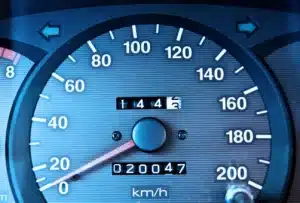
Whether you’re noticing problems or nearing the mileage checkpoint, maintaining shocks and struts can prevent long-term damage to your car. Because everything in the car is connected, a problem with the suspension can lead to other problems. Suspension problems can also be particularly rough on tires, which can become dangerous and expensive to replace.


